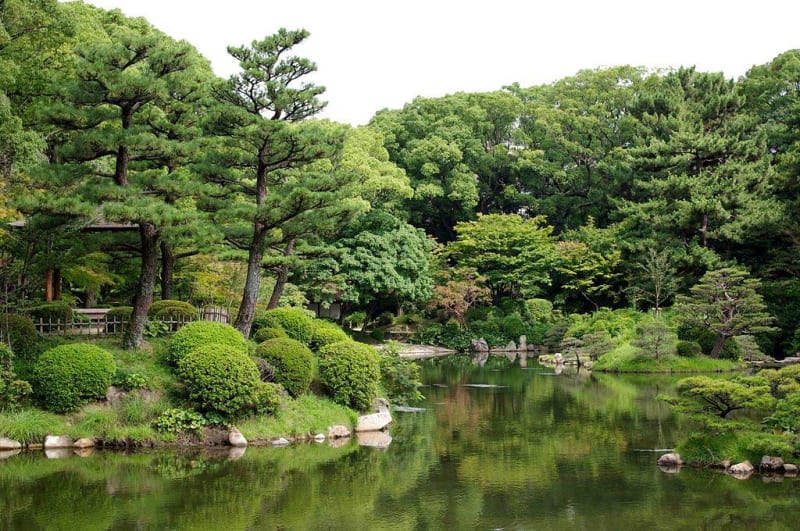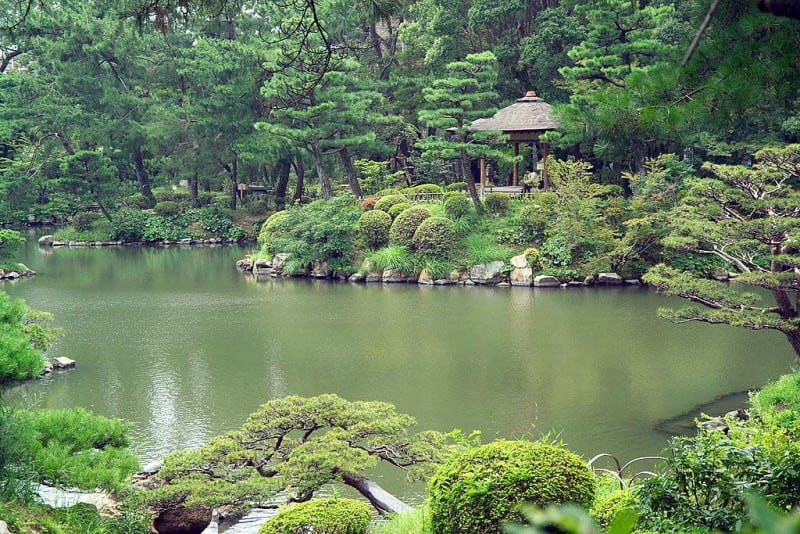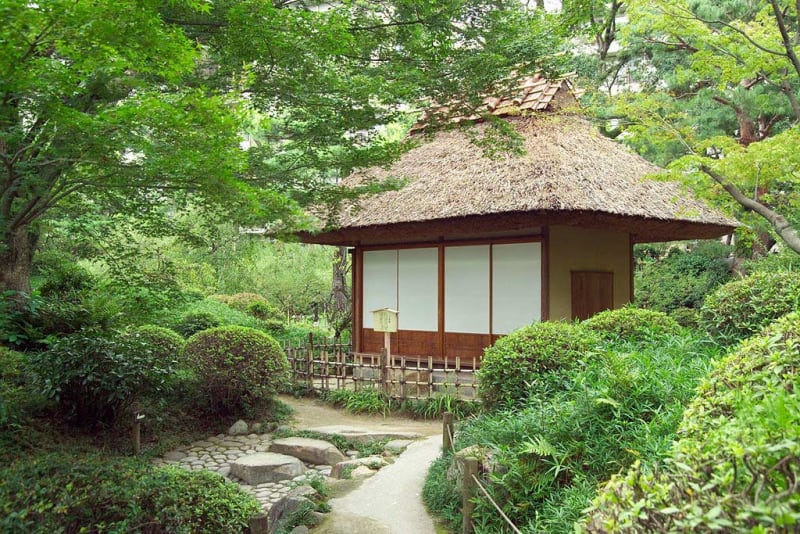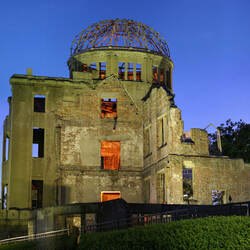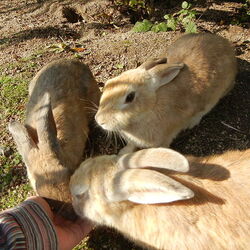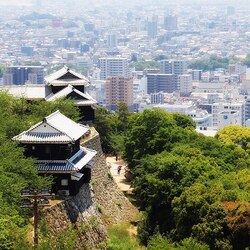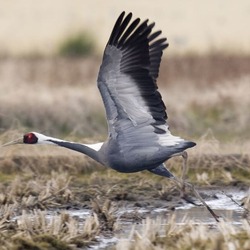Shukkei-en Garden
Shukkeyen is a Japanese garden in Japan, located in the city of Hiroshima in the Naka district. The name of the Shukkeyen garden means "garden of miniature landscapes" in Japanese. It is an amazingly beautiful place to walk. Several hundred thousand guests come here every year. The park's territory is a state-protected area.
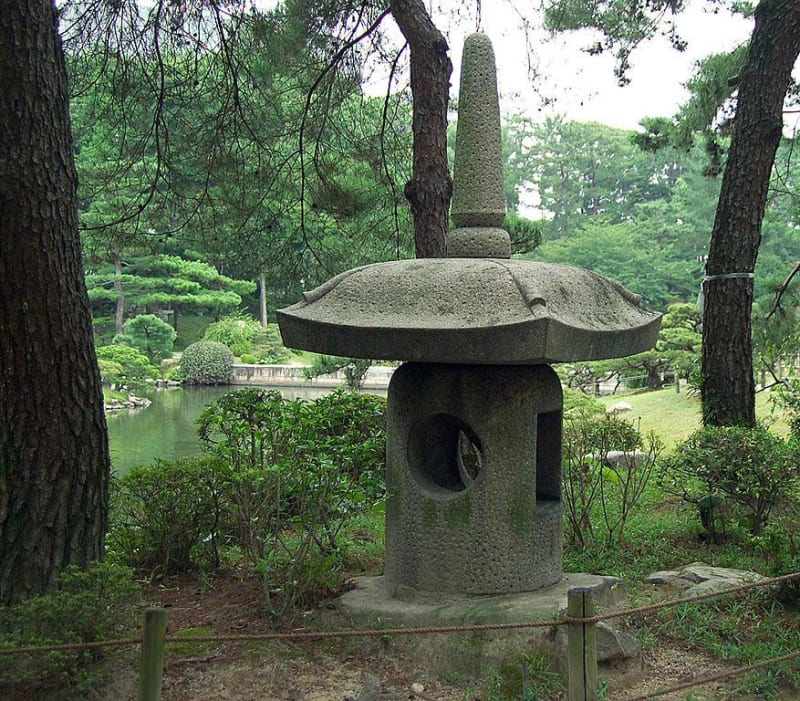
Walking through the plains of the garden, you can imperceptibly find yourself on a hill or in a hollow - in such an amazing way, the creation of terrain is thought out here. A huge number of plants make it bright and lively, and those who want to relax can spend time in the "house of fresh wind", where tea ceremonies are held not only for locals, but also for tourists from different countries.
In 1619, samurai official Asano Nagaakira was placed by the Tokugawa Shogunate in charge of Aki Province and 8 counties of Bingo Province, centered at Hiroshima Castle. In 1620, his chief vassal and master of the tea ceremony, Ueda Soko, began building a garden near the castle, which was to become part of the villa of the new ruler. The garden, which consisted of many miniature landscapes, was named "Shukkeyen" and, according to legend, represented the legendary "Western Lake" of the Chinese city of Hangzhou. After the Meiji Restoration in 1869, Shukkeyen was used as an estate of the Asano family. In 1884, when the General Staff of the Japanese Armed Forces was moved to Hiroshima Castle, and Hiroshima itself served as the Japanese capital, the garden became the temporary residence of the Emperor. In 1913, the Shukkeyen was first opened for public review, and in 1940 it was donated by the Asano family to Hiroshima Prefecture. In the same year, the garden was officially recognized as a valuable national landmark of Japan. On August 6, 1945, Shukkayen was destroyed by the nuclear bombing of Hiroshima by the US air force, but was soon restored in 1951.
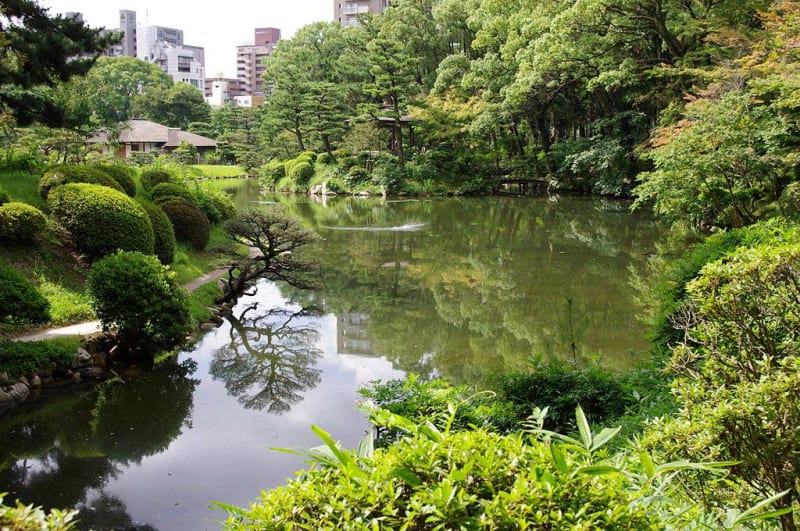
The restoration work was completed by the beginning of the second half of the last century. Today, the Shukkeyen Garden is one of the main tourist attractions in the city of Hiroshima. In the center of the garden is the Takuei Pond, which houses more than 10 small and large artificial islands. It is surrounded by rounded mounds of mountains, valleys, bridges, tea houses and gazebos. They are connected by sandy and stone paths that overlook the entire garden.
In order to increase the feeling of the size of the Shukkeyen garden, which is small, the technique of rough terrain was used: the plains abruptly turn into hills, streams and waterfalls flow in places, and the entire territory is densely covered with trees and flowers, which represent vegetation of different seasons. The Rainbow Bridge, modeled after the Moon Bridge in Tokyo's Korakuen Garden and the Bridge of Eternity at the Shugakuin Imperial Villa in Kyoto, crosses the center of the pond. In the southern part of the garden there is a "House of fresh wind", designed for relaxation, tea ceremony. It is built in the style of a tea room.
